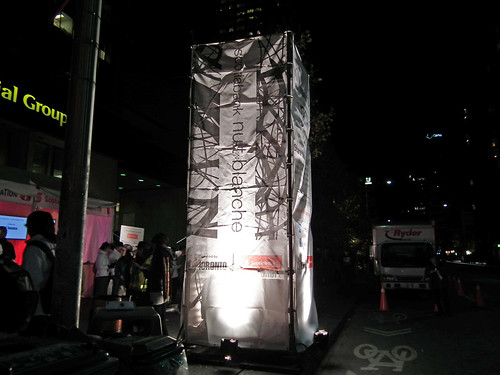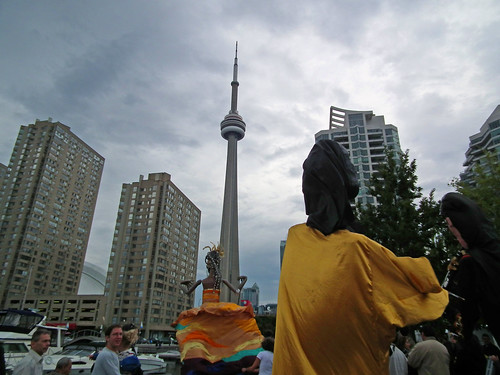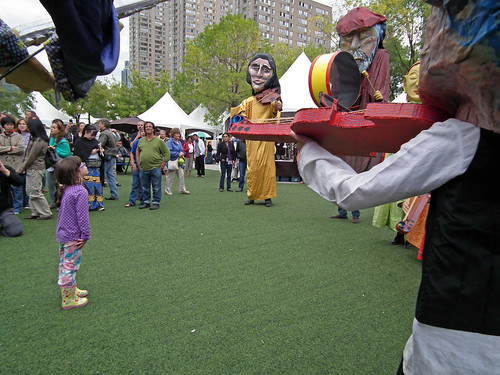 |
| left to right: Stanisław Ścierski, Jerzy Grotowski, Ryszard Cieślak; Holstebro, Denmark, 1970 photo: Andrzej Paluchiewicz |
While trying to write a poem to Ryszard Cieslak, and doing some research about him, I found the The New York Time's obituary dedicated to Cieslak's death in June 16th,1990. You have to read the paragraph about the theater critics' opinion of him...
"Ryszard Cieslak, Actor, 53
Published: June 16, 1990
Ryszard Cieslak, an actor and a central figure in the Polish Laboratory Theater, died Thursday at the Burzynski Research Institute in Houston. He was 53 years old and lived in Manhattan.Dr. Stan Burzynski said that Mr. Cieslak had been admitted to the institute June 5, and that he died of lung cancer.Mr. Cieslak joined the Laboratory Theater, which Jerzy Grotowski founded in 1959 in Poland as a vehicle for experimental drama, in 1962. After its dissolution in 1977, Mr. Cieslak and Mr. Grotowski worked together in numerous dramatic projects.Theater critics cited Mr. Cieslak in 1969 as Off Broadway's most outstanding creator and the actor with the greatest promise.For the last four years, Mr. Cieslak taught acting to advanced students at the Tisch School of the Arts at New York University."
"in 1969 as off Broadway's most oustanding creator and the actor with the greatest promise" ... Those God-like critics were very grateful with Cieslak in 1969, but there is nothing concrete about a final valorization of his work in 1990.
Even when The New York Times is one of my favorite newspapers it doesn't mean I see this journal as outside the American empire's media world, and it is a big part of it, of course. This newspaper has been one of the main promoters of American realism and a Broadway style of doing theatre since its beginning, almost erasing (in its own version of performing arts history) any other kind of style or exploration coming from other parts of the world.














